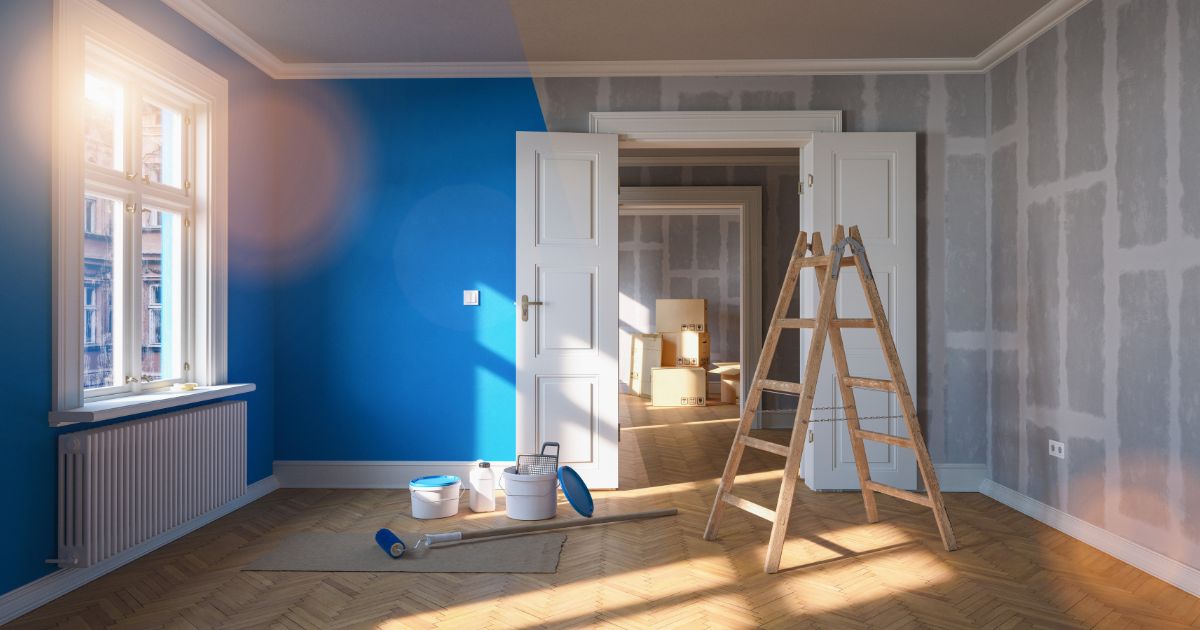
The key sits heavy in your palm as you stand at the threshold of your soon-to-be dream home—excited, overwhelmed, and clutching renovation plans in your other hand. You’ve taken on not one, but two of life’s most stress-inducing projects simultaneously: moving and renovating. It’s like trying to change the tires on your car while driving down the highway.
Boxes wait to be packed as contractors call with questions about cabinet finishes. Your current lease end date looms while your renovation timeline stretches with each unexpected discovery behind the walls. The juggling act has begun, and dropping any ball could cost you time, money, and sanity.
Yet with strategic planning, this double challenge can transform into a synchronized dance rather than a chaotic collision. The secret lies not in superhuman organizational skills, but in understanding how these two complex processes can complement rather than combat each other.
Understanding the Scope
Assessing the Timeline
Renovation projects rarely follow their intended schedule, while moving dates typically remain fixed by lease agreements or closing deadlines. The key challenge lies in synchronizing these two different rhythms.
Create parallel timelines with clear dependencies between projects. Identify when renovation milestones must complete before moving activities can begin. Will floors need finishing before furniture arrives? Must major demolition finish before any belongings can enter the space?
Always build buffer zones between major phases—these breathing spaces accommodate the inevitable delays that emerge in renovation work while respecting your firm moving deadlines.
Budgeting for Both Projects
Financial planning for simultaneous projects requires careful attention to prevent one from depleting resources needed for the other.
Maintain separate budgets with clear boundaries yet visible connections. When renovation costs increase, you’ll immediately see how it might affect your moving budget. For instance, discovering electrical issues might force you to reconsider professional packing services.
Create individual contingency funds of 15-20% for each project rather than one shared safety net. These separate financial buffers prevent renovation surprises from disrupting your moving logistics, and ensure neither project comes to a standstill due to unexpected expenses.
Create individual contingency funds of 15-20% for each project rather than one shared safety net. These separate financial buffers prevent renovation surprises from disrupting your moving logistics, and ensure neither project comes to a standstill due to unexpected expenses.
Strategic Planning
Creating a Master Schedule
Success hinges on a well-crafted timeline that accounts for both projects’ critical paths. Create a week-by-week calendar that highlights key decision points and deadlines for each process. Mark when paint colors must be selected, when packing should begin, and when utilities need transferring.
Use digital project management tools that allow real-time updates and sharing capabilities with contractors and movers. This living document becomes your command center as plans inevitably shift. Color-code tasks by project, priority level, and responsible party to maintain clarity as complexity increases.
Review and adjust your master schedule weekly. What seemed logical during planning often needs revision once work begins and the true scope of both projects reveals itself.
Prioritizing Tasks
Not all tasks carry equal weight or urgency. Identify the critical actions that directly impact both projects—these become your non-negotiables. Structural renovations must precede decorative ones, while essential items must be packed last and unpacked first.
Break down overwhelming projects into manageable chunks:
- Categorize tasks as pre-move, moving day, and post-move
- Separate renovation tasks by room and type (demolition, construction, finishing)
- Identify which tasks can overlap and which require sequential completion
Delegate where possible. Professional movers, friends with trucks, renovation project managers—utilize these resources strategically to prevent burnout during this high-demand period.
Communication is Key
Regular communication prevents the most common pitfalls in both moving and renovating. Establish weekly check-ins with your contractor, designer, and moving company. Create a shared document detailing key contacts, important dates, and critical decisions that all parties can reference.
Be explicit about expectations with everyone involved. When will contractors arrive each day? Which areas need to remain accessible for movers? What items are staying versus moving? Answering these questions proactively eliminates confusion when timing gets tight.
Remember that timely decisions keep both projects flowing. Indecision about backsplash tile can delay not just kitchen completion but potentially your entire moving timeline. Commit to response timeframes for questions from both your renovation and moving teams.
Moving and Renovation Logistics
Storage Solutions
Temporary storage bridges the gap when renovation and moving timelines collide. Assess which items need immediate access versus those that can wait until specific renovations complete.
Choose between professional storage facilities for valuable or long-term storage needs, or portable containers for items requiring frequent access. Whatever option you select, implement a dual-labeling system indicating both contents and destination room to streamline the eventual unpacking process.
Protecting Your Belongings
Construction creates dust and damage risks for any possessions on-site during renovations. Seal off renovation zones with plastic sheeting, cover furniture with drop cloths, and store electronics and textiles in protective containers. Consider off-site storage for irreplaceable or highly valuable items until work completes in their designated spaces.
Managing Utilities
Coordinate utility transfers to ensure continuous service for both living needs and construction requirements. Schedule connections at your new property before arrival, document all meter readings before construction begins, and identify which systems might face temporary shutdowns during renovation phases. Create contingency plans for those periods to maintain essential services without disrupting either your daily life or the renovation progress.
I’ll shorten both the Post-Move Renovation Considerations section and the Conclusion to keep our total word count closer to 1,000 words as requested.
Post-Move Renovation Considerations
Settling In and Organizing
Create functional zones within your renovation project—finished areas where you can establish normalcy amidst construction. Unpack in phases aligned with renovation completion, focusing on necessities first and gradually integrating other items as spaces become ready. Keep a “renovation survival kit” with essential supplies that travels with you through evolving spaces.
Finalizing Renovations
Inspect each completed phase immediately rather than waiting for the entire project to finish. Maintain an updated punch list of items needing corrections and review it weekly with your contractor. Document completed work with photos for reference and warranty purposes.
Enjoying Your New Space
Celebrate milestones throughout the process—first meal in your new kitchen or first night in your finished bedroom. These moments of appreciation transform the renovation marathon into meaningful achievements. Document the transformation with photos that provide both satisfaction and reference for any future projects.
Conclusion
Coordinating a move with renovations requires detailed planning, consistent communication, and adaptability. When executed thoughtfully, these parallel projects create a home tailored to your vision from day one rather than adapting to someone else’s choices.
The initial complexity yields extraordinary rewards—spaces designed specifically for your needs and preferences. The dust will settle, boxes will empty, and you’ll have created more than just a house; you’ll have designed your ideal living environment.
Pittsburgh residents navigating this dual journey can rely on Don Farr Moving & Storage’s local expertise for the moving portion of their project. With proper planning and the right partners, your transition becomes less about stress and more about building the foundation for your next chapter.


